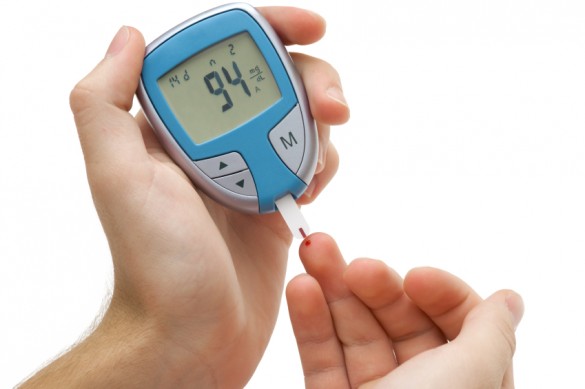by Amy Nabours
A study conducted by researchers in the Department of Anesthesiology found a clinical information systems protocol, developed by the department’s Vanderbilt Perioperative Information Management Systems (VPIMS) developer group, improved management of blood glucose during the intraoperative period, resulting in reduced instances of hyperglycemia as well as a reduction in surgical site infections in diabetic patients and those with impaired glucose control following surgical procedures.
The study was recently published online in Anesthesiology, the peer-reviewed medical journal of the American Society of Anesthesiologists.
Recognizing inconsistency in the way intraoperative blood glucose is typically monitored and managed, researchers and the VPIMS team designed software to automatically identify adult diabetic patients (or patients with impaired glucose management) undergoing surgical procedures, monitor lab systems for periodic glucose measurements during surgery, and to provide customized, automated prompts to remind anesthesia providers to measure glucose at intervals throughout their procedures — but only when the clinicians were not measuring as frequently as expected.
The study determined that the automated prompts received by anesthesia care providers caused them to more consistently monitor glucose levels during procedures. Furthermore, the results indicate that this improved reliability in glucose monitoring likely contributed to a decrease in hyperglycemia and surgical site infections for diabetic patients (or patients with impaired glucose management) following a surgical procedure.
Both the improvement to the monitoring and management process and the resulting outcomes show that the focus of anesthesiology providers on perioperative workflow, specifically on the use of clinical information systems to provide programmed decision support throughout the perioperative period, is a low-cost method by which value can be added and outcomes improved for patients.
“This particular project has been a very important demonstration of a departmental and personal initiative stretching back at least 15 years: to use electronic health records as an active performance monitoring and process improvement system working in real time to improve patient outcomes,” said Warren Sandberg, M.D., Ph.D., chair of Anesthesiology and senior author on the study.















